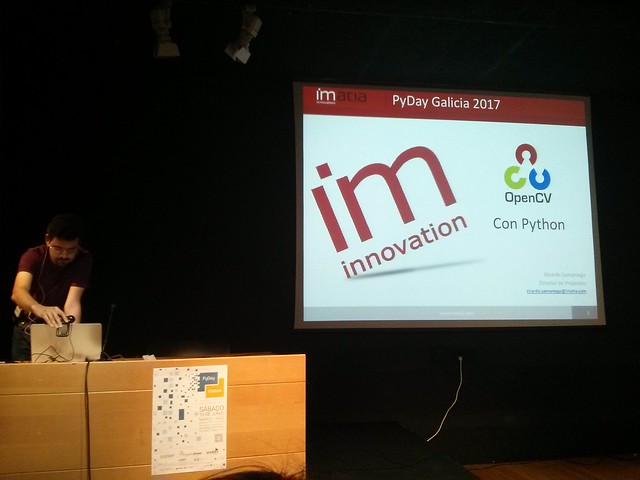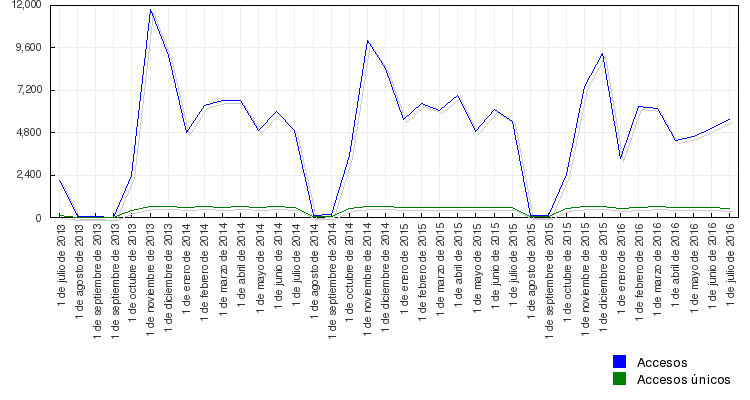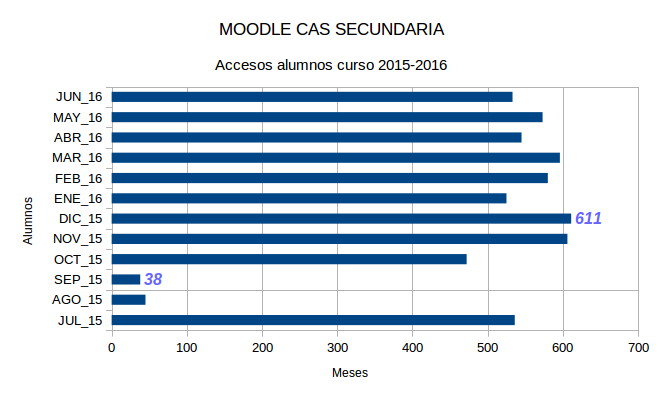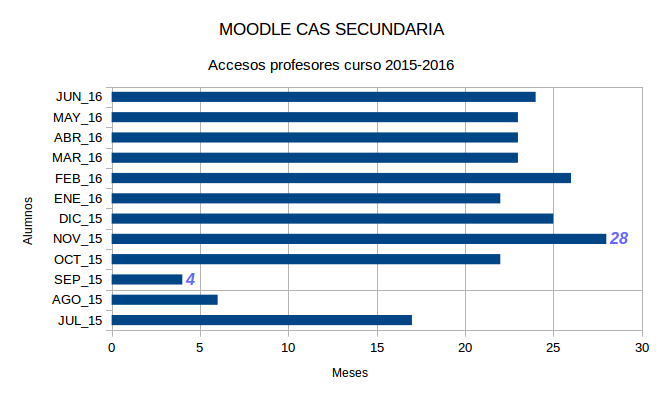List of useful and evidence-based references for improving teaching and learning of Science in Primary and Secondary Education. I will update this blog post when I found new valuable references.
-
Education Endowment Foundation (EEF)
- Improving Secondary Science (EEF, 2018):
«This guidance is for secondary science teachers, heads of science departments, and senior leaders. The recommendations are designed to be actionable by classroom teachers, but there is benefit in teachers coming together as a department to think about how it applies in their context.».
- Below a short video by Niki Kaiser (K Chem) where she explains how she changed the way to explain ionic concepts and representations as she noticed that students didn’t catch what she was intended to teach.
-
OECD
- AUDIO about «Confronting gender imbalances in science, technology, engineering and mathematics«.
Is there an equal share of men and women working in the fields of science, technology, engineering and mathematics (or STEM)? Do girls and boys in school have preconceived biases about whether they should pursue these subjects? To celebrate International Women’s Day and as part of the OECD March on Gender initiative, Caitlyn Guthrie, Advisor in the OECD’s Directorate for Education and Skills, and Raffaella Centurelli, Advisor in the OECD Directorate for Science, Technology and Innovation, discuss gender imbalances in the STEM fields, both in school and in the job market, suggesting workable ways to reduce gender inequity and promote equal opportunities for all.
UPDATED on 20190111:
Enquiry teaching methods, also known as Inquiry-based Learning (IBL) are a popular approach to science instruction. The link between enquiry instruction and science achievement has previously been investigated using PISA-15 data where in addition to achievement scores, participants completed a background questionnaire about science practices in their schools. PISA data suggested, at overall level, that IBL methods were inferior to direct instruction (DI) methods when correlated with science scores. That finding has been largely debated since it has been published because it contradicts the assumption that science teachers would have to shift their traditional practice, based on DI, to a most innovative and supposedly efficient IBL practice. John Jerrim and other autors akcnowledge that these studies might have been limited by PISA’s cross-sectional design. Now, they present new evidence (paper) using longitudinal PISA data from in England merged with pupils’ grades in their science General Certificate of Secondary Education (GCSE) examination to insist on that frequent use of inquiry instruction is not associated with higher achievement.
Inquiry-based science teaching involves supporting pupils to acquire scientific knowledge indirectly by conducting their own scientific experiments, rather than receiving scientific knowledge directly from teachers. This approach to instruction is widely used among science educators in many countries. However, researchers and policymakers have recently called the effectiveness of inquiry approaches into doubt. Using nationally-representative, linked survey and administrative data, we find little evidence that the frequency of inquiry-based instruction is positively associated with teenagers’ performance in science examinations. This finding is robust to the use of different measures of inquiry, different examinations/measures of attainment, across classrooms with varying levels of disciplinary standards and across gender and prior attainment subgroups.
Jerrim, M. Oliver, and S. Sims, “The relationship between inquiry-based teaching and students’ achievement. New evidence from a longitudinal PISA study in England,” Learn. Instr., vol. 61, pp. 35–44, Jun. 2019.




